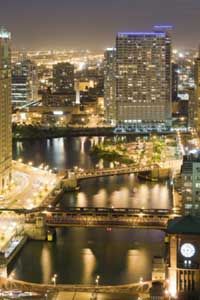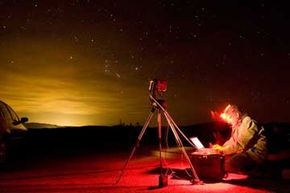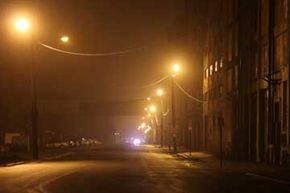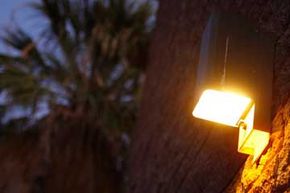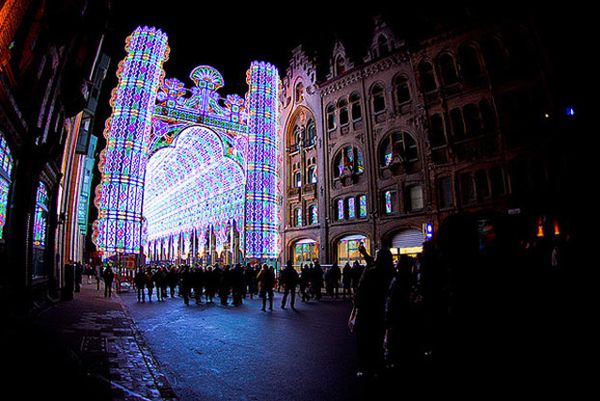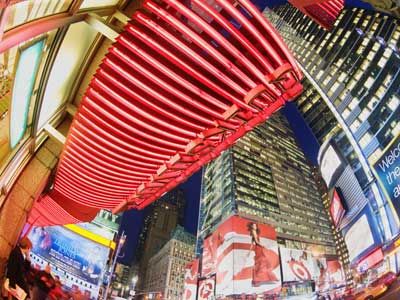Humans have been able to harness electricity for only a relatively brief span of time. Prior to that, while people did have some small measures of warding off the darkness, it was still a very important facet of their lives. They were guided by the stars and directed by the moonlight. They timed their lives according to their natural circadian rhythms and were in tune with all the vast bodily and behavioral impacts that entailed. Nowadays, we can stay up all night and defy the dark -- but at what cost?
There's no real definitive, overarching definition for the phenomenon known as light pollution, but here's a general way to break it down into types:
Advertisement
- Sky Glow: Occurs when diffuse light escapes from developed landscapes, leaving a bright, hazy dome cast over cities and towns. Nighttime photos of major metropolitan areas often show this in amazing intensity, with the most brilliant blankets of sky glow emitting dusky, smoldering blazes dotted with shining hotspots. This type of light pollution typically results from the multitude of stray light particles that are shot straight up into the air and scatter in the atmosphere.
- Light Trespass: Your neighbors might know better than to hop over your fence in the middle of the night, but do they know enough not to leave all their lights on -- inside and out -- in anticipation of a late night out? That sort of scenario is what light trespass is all about, and there can be many more potential sources, such as street lamps or nearby businesses.
- Glare: This usually happens when lights aim directly into people's eyes; in other words, you see straight into the source of the light. Driving around at night, you've probably run across many lights emitting eye-scorching examples of glare (headlights are an excellent case in point). This can be a dangerous phenomenon when being able to see at night is paramount to everybody's safety.
- Clutter: This concept basically involves an overabundance of lighting. Whether stringing streetlights too close together along a highway or brightening a building with midday cheer in the dead of night, practices like these can be both distracting and wasteful.
While there are other names sometimes used to describe the above and similar lighting issues, the basic idea to keep in mind is that light pollution involves too much artificial light (often because of poorly chosen light bulbs, arrangements and fixtures) shining at the wrong time of "day" and typically resulting in grave consequences.
Advertisement
